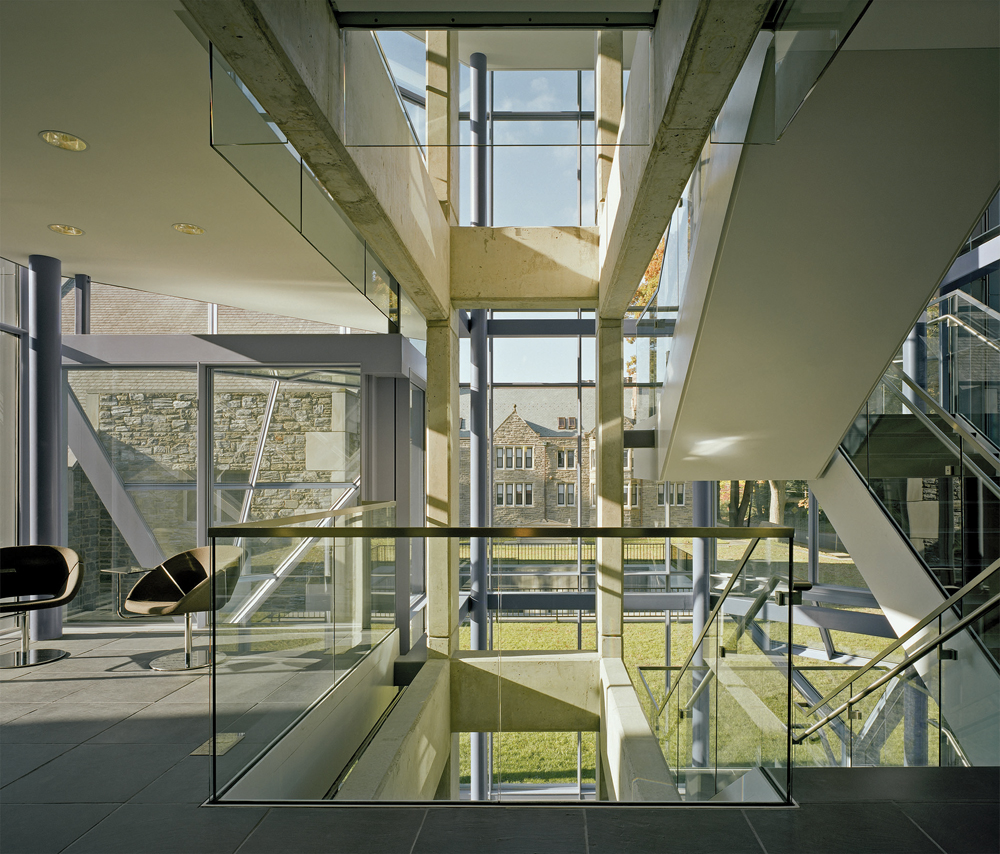Thanks to today’s high-performance fenestration products and systems, well-designed and properly installed window retrofits deliver predictable and calculable operations benefits.
However, Building Teams must focus on a number of key decisions in order to arrive at the optimal solution: Repair the windows in place? Remove and refurbish them? Opt for full replacement? Which types of materials and window profiles and styles are best suited for a retrofit application? How do aesthetics factor into the equation?
Drawing from years of experience, a select group of expert organizations and Building Team leaders, including architects and contractors, share insights that have helped sorting out these issues on recent major projects.
After reading this article, you should be able to:
• Describe the assessment considerations for replacing or repairing existing fenestration systems, with particular attention to occupant health and comfort.
• Explain the relative benefits and tradeoffs, including energy savings and indoor environmental quality, of material specifications for replacement window and door products.
• List three or more requirements for evaluating replacement windows, doors, and other fenestration, depending on the historical styles or aesthetic criteria of the subject building.
• Discuss the materials and systems attributes that affect a window system’s energy efficiency, including thermal bridging.
TAKE THIS FREE AIA/CES DISCOVERY COURSE AT BDCUNIVERSITY.COM
Related Stories
| Nov 17, 2011
Hollister Construction Services renovating bank in Union City, N.J.
Project is part of a series of ground-up construction and renovation assignments.
| Nov 16, 2011
Project completion of BRAC 132, Office of the Chief Army Reserve Building, Ft. Belvoir, Va.
This fast-tracked, design-build project consists of a three-story, 88,470 sf administrative command building housing approximately 430 employees.
| Nov 16, 2011
Architecture Billings Index moves upward
The Architecture Billings Index climbed nearly three points in October.
| Nov 16, 2011
CRSI recommends return to inch-pound markings
The intention of this resolution is for all new rollings of reinforcing steel products to be marked with inch-pound bar markings no later than January 1st, 2014.
| Nov 16, 2011
John Patelski joins Ghafari as executive vice president
As executive vice president, Patelski will be responsible for expanding the firm’s services in new strategic markets.
| Nov 15, 2011
Struggling economy demands construction industry embrace enterprise-wide risk management
In today’s business environment of high supply and limited demand, it has become especially vital for organizations in the construction sector to effectively manage risk.
| Nov 15, 2011
Suffolk Construction breaks ground on the Victor housing development in Boston
Project team to manage construction of $92 million, 377,000 square-foot residential tower.
| Nov 15, 2011
Miller joins Perkins Eastman as regional manager, Middle East and Northern Africa
Miller joins Perkins Eastman with more than 48 years of experience in architecture, design management, and construction administration for planning and infrastructure.
| Nov 14, 2011
Summit Design+Build selected at GC for new Office Concepts headquarters
The new headquarters will include 17,000 sf of office space and 15,000 sf of warehouse and feature 24 ft ceilings, an open floor plan, two conference rooms and one training room and will feature sustainable finishes throughout.















